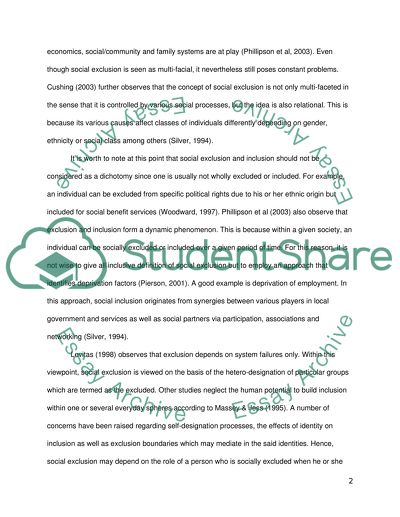Cite this document
(“Social Inclusion (SWFS5004) Foundation Degree Assignment”, n.d.)
Retrieved from https://studentshare.org/family-consumer-science/1418098-social-inclusion
Retrieved from https://studentshare.org/family-consumer-science/1418098-social-inclusion
(Social Inclusion (SWFS5004) Foundation Degree Assignment)
https://studentshare.org/family-consumer-science/1418098-social-inclusion.
https://studentshare.org/family-consumer-science/1418098-social-inclusion.
“Social Inclusion (SWFS5004) Foundation Degree Assignment”, n.d. https://studentshare.org/family-consumer-science/1418098-social-inclusion.


